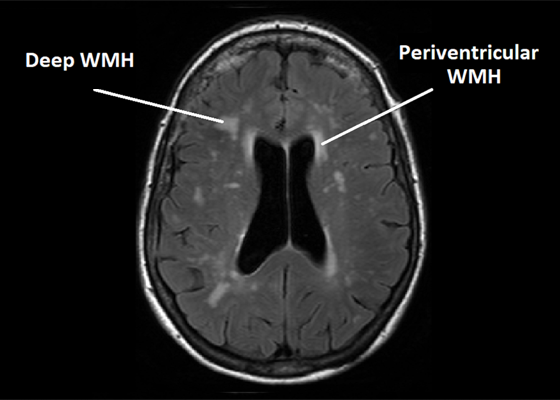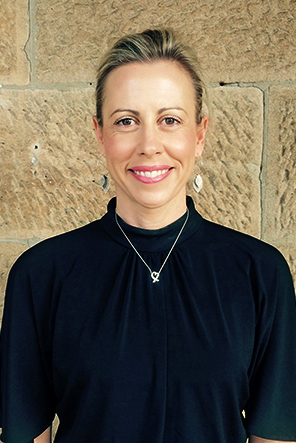HEIDI DOUGLASS | h.douglass@unsw.edu.au
A world-first international genetics study co-led by Dr Karen Mather at the Centre for Healthy Brain Ageing (CHeBA), UNSW Sydney, Associate Professor Armstrong and Professor Nyquist and colleagues, has identified genetic variants for two neuroimaging traits – periventricular and deep white matter hyperintensities. Findings were published in the highly regarded journal, Stroke.
White matter hyperintensities are an age-related brain abnormality, commonly observed on neuroimaging scans of older adults.
Dr Karen Mather, Leader of CHeBA’s Genetics & Epigenomics Group, explained that white matter hyperintensities begin to appear in approximately 50% of all adults in their mid-late 40s and progress with age.
A high burden of white matter hyperintensities has been associated with negative health outcomes, such as stroke. They are thought to be related to brain small vessel disease, but the causal factors are still largely unknown, said Dr Mather.
Traditionally, total white matter hyperintensity volume has been examined but it is also possible to distinguish between deep and periventricular white matter hyperintensities based on their location in the brain. These two white matter hyperintensity categories are thought to reflect different pathological, physiological and functional differences. Genetics plays a significant role in the development of deep and periventricular white matter hyperintensities, which has previously been shown by twin and family studies.
The research assessed participants aged 45 years and older who were free of stroke and dementia.
“We hypothesised that there are different genetic factors underlying deep and periventricular white matter hyperintensities,” said Dr Mather.
“In the first genome-wide association studies of these two categories, we used data from over 26,000 participants from CHeBA’s Sydney Memory and Ageing Study and the Older Australian Twins Study, as well as international studies from the CHARGE and ENIGMA consortia and the UK Biobank,” she said.
We found genetic variants that were associated with both periventricular and deep white matter hyperintensities on chromosome 17.
Co-author on the research and Leader of CHeBA’s Neuroimaging Group, Associate Professor Wei Wen, said that variants in ten other chromosomal regions were associated with periventricular white matter hyperintensity only.
“We report novel genes and variants not previously linked to total white matter hyperintensity, including NOS3 that has previously been associated with coronary artery disease and stroke. Our study confirmed that these two sub-classifications are distinct neuroimaging classifications and identified new genes for periventricular WMHs only,” said Associate Professor Wen.
Dr Mather said that a large genetics study such as this one provides further evidence that these subclassifications of white matter hyperintensity are two separate entities that may have different implications for brain health – and are therefore important neuroimaging measures to study.









